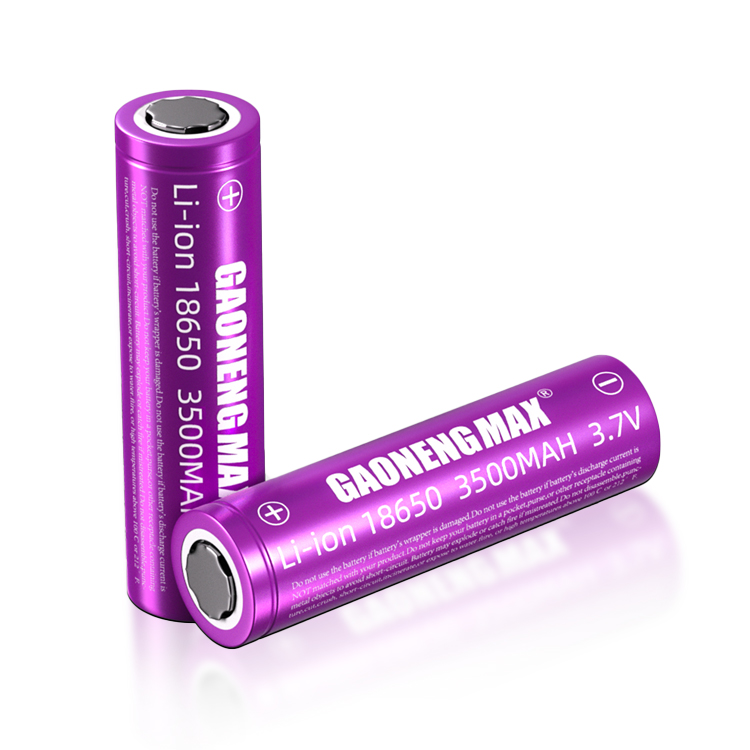Time:2024.12.25Browse:0



(1) Open circuit voltage of the battery
(2) Internal resistance of the battery
(3) The working voltage of the battery
(4) Charging voltage refers to the voltage applied by an external power source to both ends of the secondary battery during charging. The basic methods of charging include constant current charging and constant voltage charging. Generally, constant current charging is used, which is characterized by a constant charging current during the charging process. As the charging progresses, the active substance is restored, the electrode reaction area continues to shrink, and the polarization of the motor gradually increases.
(5) Battery capacity refers to the amount of electricity obtained from the battery, commonly represented by C, and expressed in Ah or mAh. Capacity is an important indicator of battery electrical performance. The capacity of a battery is usually divided into theoretical capacity, actual capacity, and rated capacity. The capacity of a battery is determined by the capacity of the electrodes. If the capacity of the electrodes is not equal, the capacity of the battery depends on the electrode with the smaller capacity, but it is never the sum of the positive and negative electrode capacities.
(6) One of the main characteristics of chemical power sources is the storage performance and lifespan of batteries, which is the ability to release electrical energy during use and store electrical energy when not in use. The so-called storage performance refers to the charging and holding capacity of secondary batteries. For secondary batteries, the service life is an important parameter to measure the performance of the battery. A secondary battery is called a cycle after one charge and discharge. Under a certain charging and discharging system, the number of times a battery can withstand charging and discharging before reaching a specified value is called the service cycle of a secondary battery. Lithium power batteries have excellent storage performance and long cycle life.
(7) The protection circuit consists of two field-effect transistors and a dedicated protection integrated block S-8232. The overcharging control tube FET2 and the overcharging control tube FET1 are connected in series in the circuit. The protection IC monitors the battery voltage and controls it. When the battery voltage rises to 4.2V, the overcharging protection tube FET1 stops charging. To prevent misoperation, a delay capacitor is generally added to the external circuit. When the battery is in a discharge state and the battery voltage drops to 2.55V, the over discharge control tube FET1 stops supplying power to the load. Overcurrent protection is to control FET1 to cut off and stop discharging to the load when there is a large current flowing through it, in order to protect the battery and field-effect transistor. Overcurrent detection uses the conduction resistance of a field-effect transistor as the detection resistance, monitors its voltage drop, and stops discharging when the voltage drop exceeds the set value. Generally, a delay circuit is added to the circuit to distinguish between surge current and short-circuit current. The circuit has complete functions and reliable performance, but it is highly professional and difficult to purchase specialized integrated blocks, making it difficult for amateur enthusiasts to imitate. Because overcharging or discharging lithium power batteries may cause explosions and cause personal injury, safety is the primary concern when using such batteries. Therefore, commercial lithium battery packs typically include protective circuits such as DS2720 (Figure 7). DS2720 provides rechargeable lithium power batteries
Read recommendations:
602030 300mAh 3.7V
What are the characteristics of RC racing battery charger?household energy storage lithium battery m
Key points for purchasing lithium batteries
energy storage battery for solar system Manufacturing
cr2032 button battery